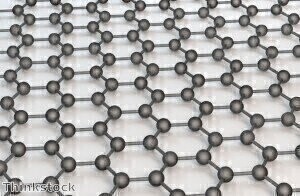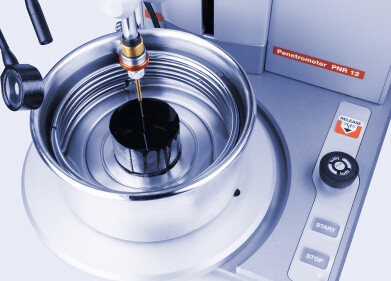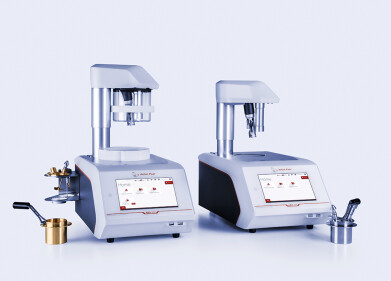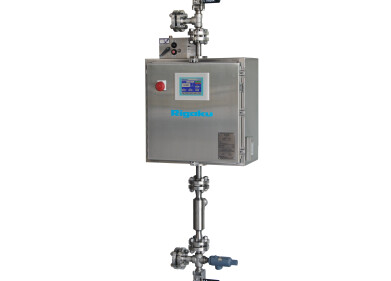Measurement and testing
Harsher Regulations Imminent for Hydrofluorocarbons
Feb 15 2023
Chlorofluorocarbons (CFCs) were widely used in the 1980s for refrigeration, aerosol applications, foam packaging, and other purposes. However, scientists discovered that CFCs leaking into the atmosphere were depleting the ozone layer. In response, almost 200 countries joined the 1987 Montreal Protocol to phase out CFC production by 1996. The next hero was hydrofluorocarbons (HFCs), which are carbon-, fluorine-, and hydrogen-based and don't contain ozone-damaging chlorine. HFCs were deemed a lower ecological risk than CFCs and quickly replaced them in refrigerators and air conditioners worldwide. However, HFCs turned out to trap thousands of times more heat in the atmosphere than carbon dioxide, making them a potent greenhouse gas and contributing to short-term global warming.
In 2016, the Kigali Amendment mandated parties to the Montreal Protocol to gradually phase down HFC production and use. Developed countries reduced HFCs in 2019, with most developing countries following by 2028. An 85% reduction was agreed upon for developed countries by 2036 and developing countries by 2047. The European Union (EU) has a stringent policy on fluorinated gases and ozone-depleting substances, and in 2022 proposed to tighten the quota system for HFCs, enforce restrictions, and monitor compliance. The EU proposal would reduce the climate impact of new HFCs by 98% by 2050 and align the EU with the Montreal Protocol. If approved, the EU could place a maximum of 41,701,077 metric tonnes of carbon dioxide equivalent on the EU market annually from 2024-2026, compared to 176,700,479 MT in 2015. The F-Gas proposal will help reduce emissions by at least 55% by 2030 and make Europe climate-neutral by 2050.
The EU proposal is being negotiated and is expected to be completed by the end of the year. Reducing HFCs is crucial for achieving the Paris Agreement goals and has support from most stakeholders. In 2024, China will freeze HFC quantities and decrease production to 90% of the baseline by 2029 and 20% by 2045. Singapore also introduced regulations to reduce HFC consumption by 80% over the next two decades. The US EPA announced a proposed rule in 2022 to phase down HFC use in certain products beginning in 2025, achieving an 85% reduction by 2036.
Industry stakeholders have raised concerns about outright bans on technology, such as heat pumps. The EU regulation proposes a ban on split system air conditioners and heat pumps under 12 kilowatts containing GWP over 150 from 2027. Lubrizol, which produces refrigeration oil, works with OEMs and refrigerant suppliers on low GWP solutions. Refrigerants with low global warming potential provide a new opportunity for energy-efficient and sustainable solutions.
The replacement of CFCs with HFCs showed that we need to be mindful of the long-term impacts of products. The global community is taking steps to phase out HFCs, but it will require continued efforts from governments, industry, and individuals to find and implement sustainable solutions.
Digital Edition
PIN 25.5 Oct/Nov 2024
November 2024
Analytical Instrumentation - Picturing Viscosity – How Can a Viscometer or a Rheometer Benefit You? - Sustainable Grease Formulations: Evaluating Key Performance Parameters and Testing Method...
View all digital editions
Events
Jan 20 2025 San Diego, CA, USA
Jan 22 2025 Tokyo, Japan
Jan 25 2025 San Diego, CA, USA
SPE Hydraulic Fracturing Technology Conference and Exhibition
Feb 04 2025 The Woodlands, TX, USA
Feb 05 2025 Guangzhou, China



















